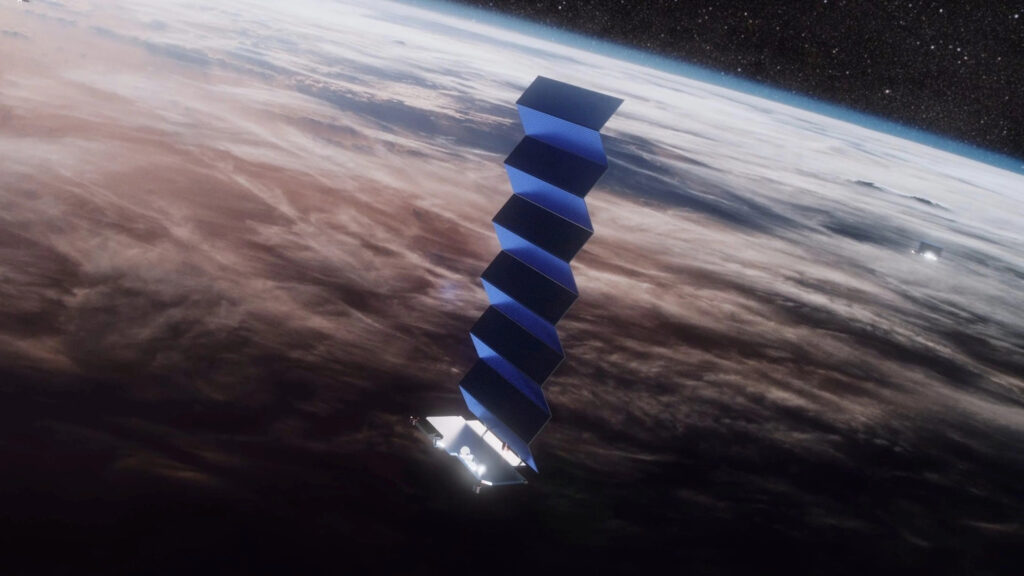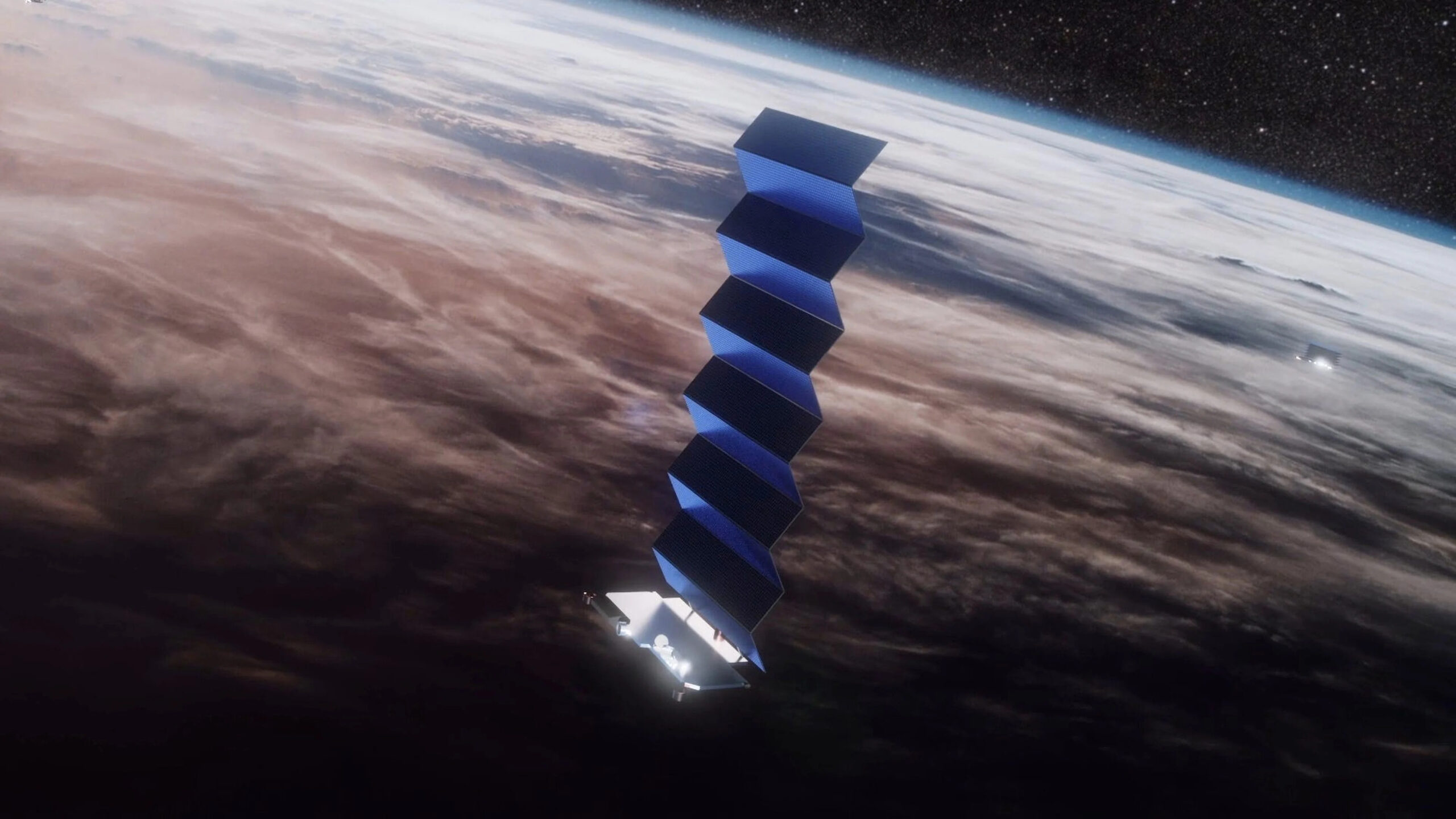Building a home on Mars… with bacteria?
A team of researchers from the Indian Institute of Science (IISc), in collaboration with India’s space agency the Indian Space Research Organization (ISRO), suggest a new method to use bacteria to build these Martian habitats.
In this method, the team shows how “space bricks” for building a habitat on the Red Planet could be made with a combination of local Martian soil, bacteria and urea, a waste compound eliminated through urine by mammals.

SpaceX inks 1st deal to provide Starlink internet service on planes
SpaceX just secured its first deal to provide inflight internet service on airplanes using its Starlink constellation of broadband satellites. The service will be available later this year to customers of JSX Airline.

India to launch OneWeb internet satellites this year, helping replace Russian-built Soyuz rockets
OneWeb has found another replacement for the Russian-built rockets that used to launch its internet satellites. OneWeb also signed a launch deal with SpaceX last month.

James Webb Space Telescope’s mirrors are cooling to deep space temperature
NASA’s massive new space telescope just keeps getting colder. There’s still more testing in store for the new observatory.

THIS WEEK IN OUR ART CORNER
Orbit by Dan Goods and The Studio

Dan Goods leads an extraordinary team of creatives called The Studio at NASA’s Jet Propulsion Laboratory where they transform complex concepts into meaningful stories that can be universally understood. The Studio is a team of designers, artists, makers, strategists, and thinkers. We are passionate about helping scientists and engineers imagine the future, and giving people a sense of awe about the universe. Their work is seen in public spaces, art museums, and is in outer space. One of their most iconic and well-known artwork is called Orbit.
Orbit, located in Caltech, CA, is a sound experience that allows you to listen to the movement of NASA’s Earth Science satellites as they pass across the sky above you. By pairing the trajectory data of each spacecraft to artistically created sounds, you can listen to spacecraft move across the sky much like you hear a plane passing over your head. Basically, when standing in the middle of Orbit, wherever you hear a sound, if you were to point to the sound, that is the exact location of a satellite flying around earth. NASA has 19 satellites that study the earth and by pairing the trajectory data of each spacecraft to artistically created sounds, the team allows them to say “hello” as they move across the sky, much like you hear a bird passing over your head.

